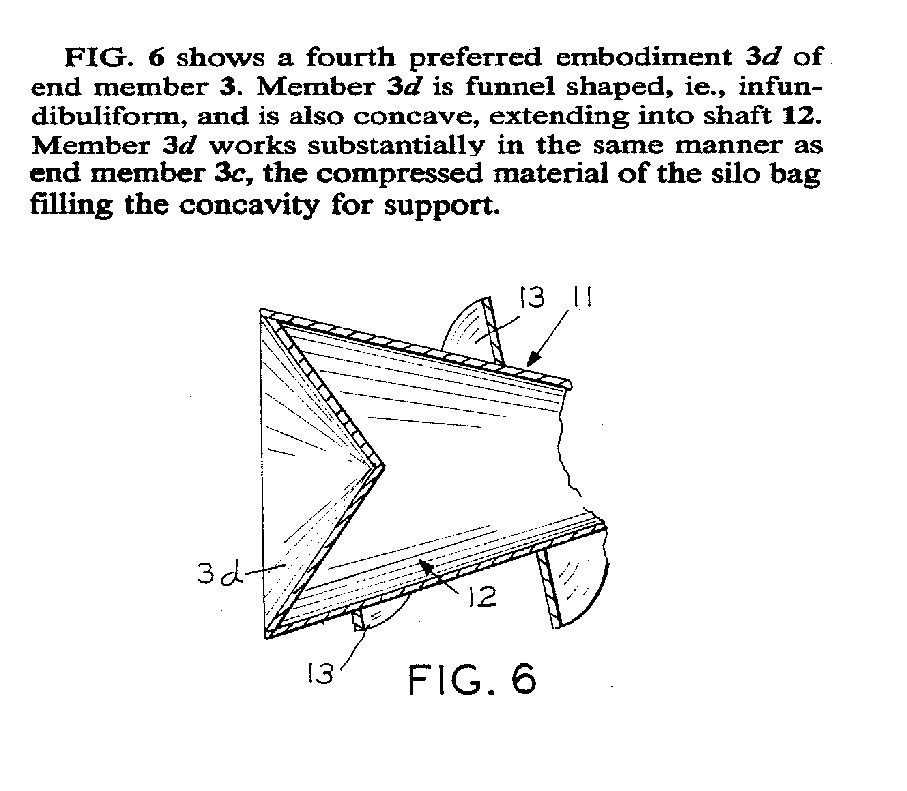In Exmark Manufacturing Company Inc. v. Briggs & Stratton Power Products Group, LLC., [2016-2197](January 12, 2018) the Federal Circuit vacated summary judgment that claim 1 of U.S. Patent No. 5,987,863 is not anticipated or obvious, affirmed summary judgment that claim 1 was not indefinite, reversed the denial of a new trial on damages and several evidentiary rulings related to damages, vacated the finding of willfulness; and affirmed the denial of Briggs’ laches defense.
Regarding the denial of summary judgment of invalidity, the Federal Circuit found that the district court denied the motion because “examined four times by the PTO, and each time the PTO held the claims of the ’863 patent to be patentable.” While facially logical, this is not legally correct, the Federal Circuit held that
a reexamination confirming patentability of a patent claim alone is not determinative of whether a genuine issue of fact precludes summary judgment of no invalidity. Surviving a reexamination does not warrant ipso facto summary judgment that a patent is not invalid. Holding otherwise would improperly give complete deference and preclusive effect to the PTO’s patentability determination, foreclosing challenges to patent validity in district court based on the same prior art.
This holding is supported by Federal Circuit precedent that that a district court is never bound by an examiner’s finding in an ex parte patent application proceeding. To the extent that an ex parte reexamination is entitled to deference, it comes from the presumption of validity of an issued patent.
The Federal Circuit found that the district court’s denial of summary judgment went beyond giving substantial weight to the reexamination proceedings. The Federal Circuit found that the district court’s summary judgment was based solely on the fact that the patentability of claim 1
was confirmed following multiple reexaminations — the district court made no other findings regarding the elements of anticipation or obviousness to determine whether a genuine issue of material fact precluded summary judgment.
The Federal Circuit said that is must be furnished with sufficient findings and reasoning to permit meaningful appellate scrutiny. These were lacking so the Federal Circuit vacated the district court’s summary
judgment of no invalidity and remanded with instruction for the district court to consider the entire record and reach its own independent conclusion on validity.
On the issue of definiteness, Briggs complained that Briggs contends that the patent does not explain how to objectively determine whether a
baffle portion is straight enough or long enough to be “elongated and substantially straight” as required by the claim. The Federal Circuit disagreed, holding no numerical precision is required when using such terms of degree. All that is required is some standard for measuring the term of degree.
The Federal Circuit also found that the function of the elongated and substantially straight baffle portions provided further guidance regarding
the scope of the claim language. The Federal Circuit noted that functional language can promote definiteness because it helps bound the scope of the claims by specifying the operations that the claimed invention must undertake.
With respect to damages, Briggs complained first that Exmark improperly determined a royalty rate without properly identifying a royalty base to apportion the value of the patentee’s invention in comparison to the value of the whole, and second that at Exmark’s expert did not adequately explain how she arrived at her proposed 5% royalty rate. The Federal disagreed that the Exmark needed to apportion the value of the baffle from the other features of the mower through the royalty base rather than the royalty rate, noting that apportionment can be achieved, by careful selection of the royalty base to reflect the value added by the patented feature; by adjustment of the royalty rate so as to discount the value of a product’s non-patented features; or by a combination thereof. The essential requirement is that the ultimate reasonable royalty award must be based on the incremental value that the patented invention adds to the end product.
While the Federal Circuit agreed with Exmark on the apportionment question, and agreed with Briggs that Exmark’s damages expert’s opinion was inadmissible as it failed to adequately tie the expert’s proposed reasonable royalty rate to the facts of this case. Exmark’s expert concluded with little explanation the parties would have agreed to a 5% reasonable royalty rate; nowhere in her report, however, did she tie the relevant Georgia-Pacific factors to the 5% royalty rate or explain
how she calculated a 5% royalty rate using these factors. The Federal Circuit vacated the damages award and remand for a new trial on
damages.
The Federal Circuit held that the district court abused its discretion by holding that prior art is relevant to damages only to the extent that the prior art was commercialized, stating that the fact that some prior art mowers were not commercialized does not make them immaterial to determining the extent to which the claimed subject matter provides utility and advantages over the prior art. but affirmed the district court’s exclusion of other types of mower, and of Exmark’s delay in bringing suit.
On the award of damages for willful infringement, the Federal Circuit found that the District Court’s precluding Briggs from presenting any evidence regarding the validity of the claim or how closely the prior art tracked the claim was error. The Federal Circuit said that to the extent that decision excluded evidence relevant to Briggs’ state of mind at the time of the accused infringement, however, it does not comport with the standard articulated in Halo, which mandates that willfulness is an issue for the jury, not the district court. The Federal Circuit vacated the jury’s finding of willful infringement, vacated the district court’s enhanced damages award, and remanded for the district court to determine whether a new trial on willfulness is necessary.
Finally, on this issue of laches, the Federal Circuit agreed with the district court that in light of SCA Hygiene Products Briggs cannot assert laches as a defense.

